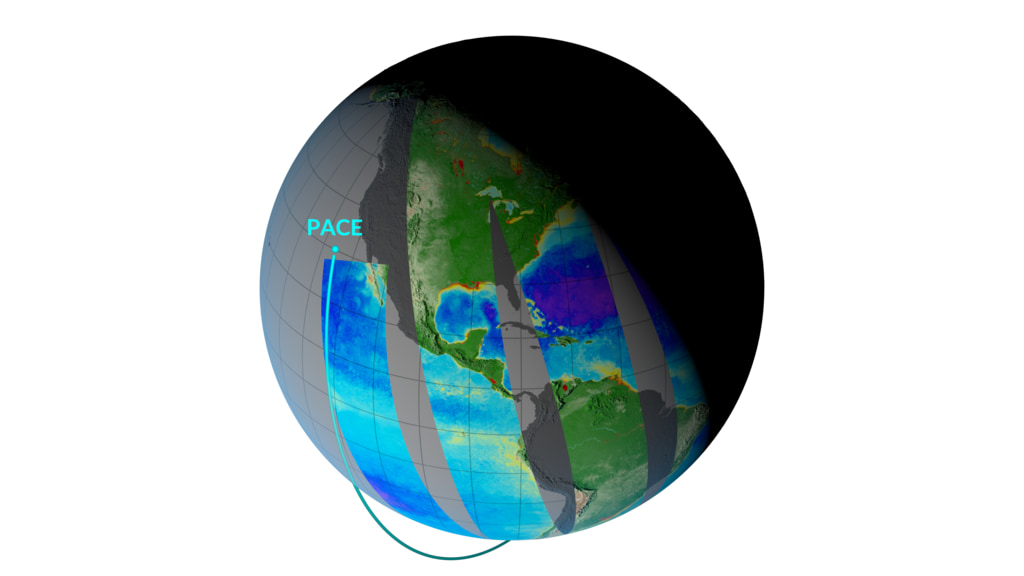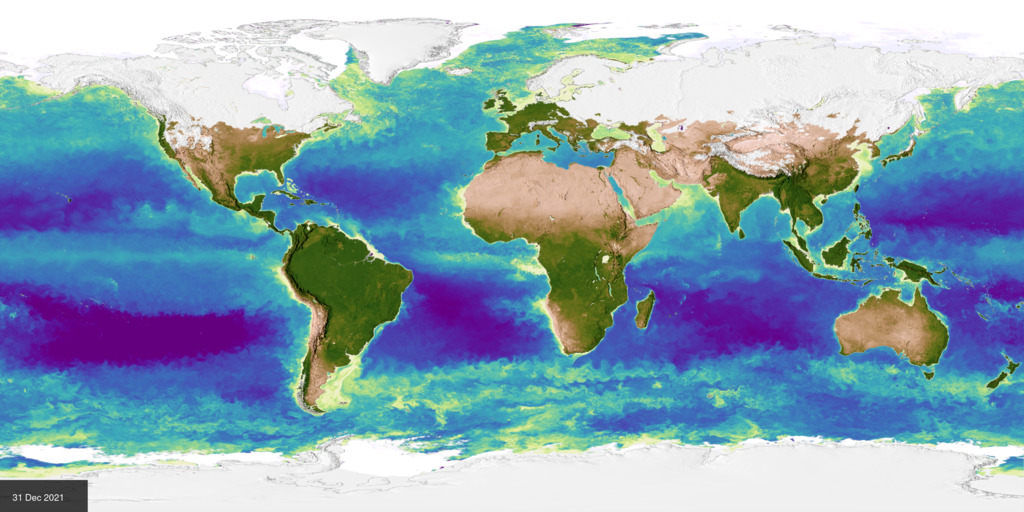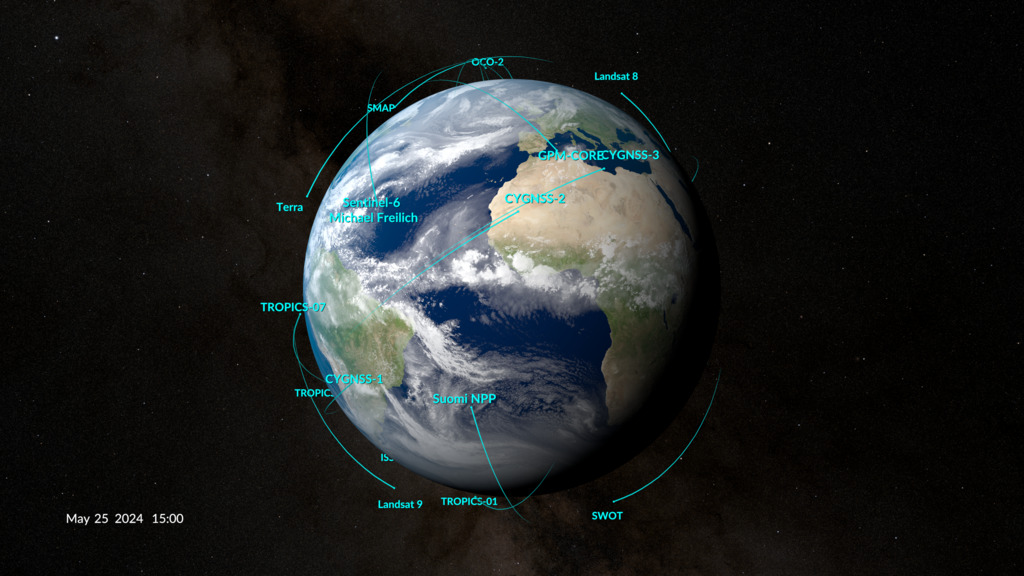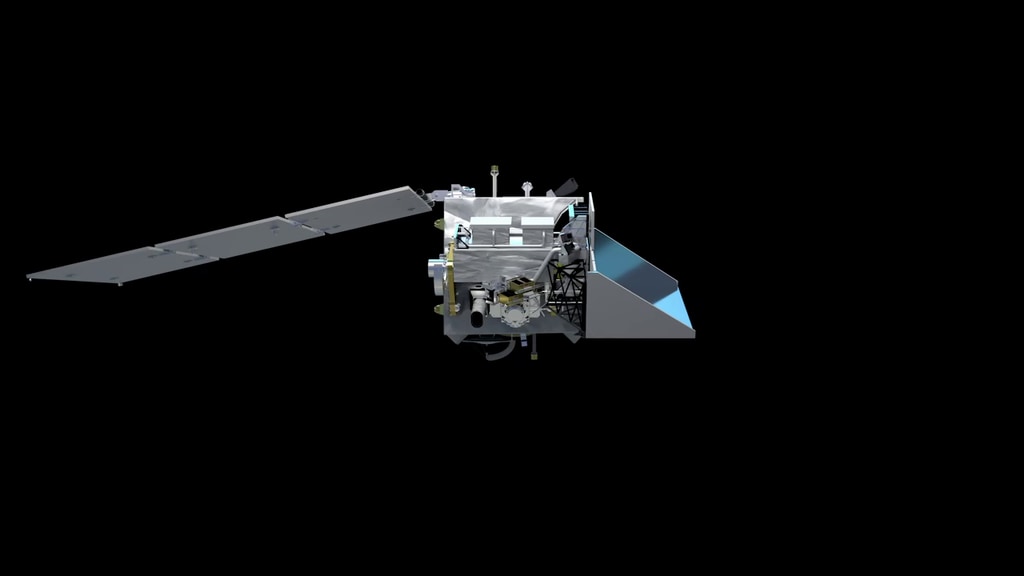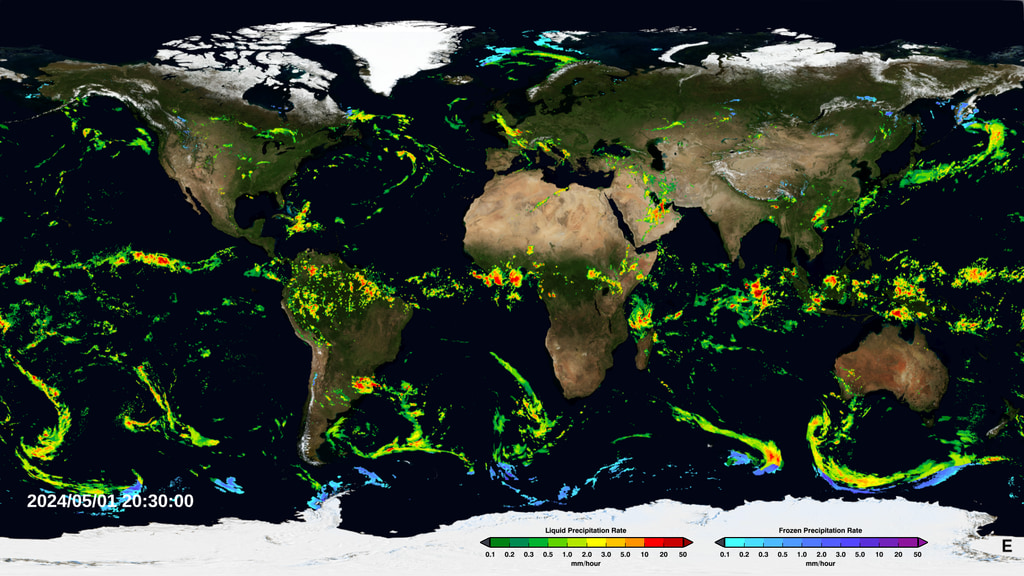Global Pulse Check! NASA’s New Earth Satellite, PACE, Launching Next Week to Capture Earth Like Never Before!

Click here for more information about the PACE mission.
Associated cut b-roll for the live shots will be added by 5 p.m. EST on Friday, Feb 2
Keep pace with NASA as it prepares to launch a revolutionary new Earth-observing satellite called “PACE,” on Feb. 6, 2024. The Plankton, Aerosol, Cloud, ocean Ecosystem (PACE) satellite is a powerhouse that will capture Earth’s vital signs using cutting-edge sensors to collect data on changing ecosystems in the ocean and tiny particles in the atmosphere that directly impact climate change. Not only that, PACE is the first satellite ever launched that will be able to identify what types of phytoplankton are blooming in the water, which can tell us more than we've ever known about marine food webs and harmful algal blooms that could impact human water safety.
Join us for live interviews with NASA PACE mission experts straight from the launch site at Kennedy Space Center.
Join a NASA expert on February 5, 2024 to kick off the launch of PACE.
Live interviews are available Monday, Feb 5 from 6 a.m. - 1p.m. EST
Click here to request an interview: https://forms.gle/mBy4qwUneFjnSCTE7
Requests sent via the above form will have scheduling priority.
Please do not email requests.
* For more information about the PACE mission click here: www.nasa.gov/pace or check out @NASAEarth on social media
Suggested Anchor Intro:
Today, we are keeping pace with NASA as it prepares to launch its next major Earth and climate science satellite. The Plankton, Aerosol, Cloud, Ocean Ecosystem mission — or PACE — is set for liftoff tomorrow morning from Kennedy Space Center. PACE will capture Earth’s pulse through studying the interaction between the oceans and atmosphere like never before. Here today directly from the launch site is NASA expert XXX.
Suggested Questions:
NASA is just hours from launching a new satellite that will see the oceans and particles in the atmosphere like never before. Can you tell us about this mission?
PACE will be looking at the color of the oceans around the globe. What exactly is “ocean color” and what does it tell us about the health of our oceans?
The PACE mission has been 21 plus years in the making. What are you most excited to discover from this mission?
PACE will also be tracking small particles in our atmosphere - like smoke from wildfires - and how it moves around the planet. Why do we want to measure these tiny things - particles and plankton - from space?
How can our community benefit from PACE data?
Where can our viewers learn more about PACE and watch the launch?
Questions for longer interviews:
How will PACE data be used in combination with data collected from NASA’s fleet of other Earth observing satellites?
Oceans cover 70 percent of the world’s surface but there’s so much we still don’t know about how they operate. How do satellites help us “sea” the oceans in ways we can’t from boats or land?
How will information from PACE help people who live near water?
What are algal blooms and how do they impact us in our region XXX?
Stations will add in their specific area.
What kind of technology is PACE using to study the oceans and atmosphere?
PACE Live Shot Roll-ins
For More Information
Credits
Please give credit for this item to:
NASA's Goddard Space Flight Center
-
Producers
- Michelle Handleman (KBR Wyle Services, LLC)
- Angel Kumari (NASA/GSFC)
- Maria-Jose Vinas Garcia (Telophase)
- Noelia Gonzalez Moreira (ADNET Systems, Inc.)
-
Technical support
- Aaron E. Lepsch (ADNET Systems, Inc.)
-
Editors
- Rich Melnick (KBR Wyle Services, LLC)
- Ryan Fitzgibbons (KBR Wyle Services, LLC)
Release date
This page was originally published on Tuesday, January 30, 2024.
This page was last updated on Thursday, February 1, 2024 at 3:05 PM EST.
